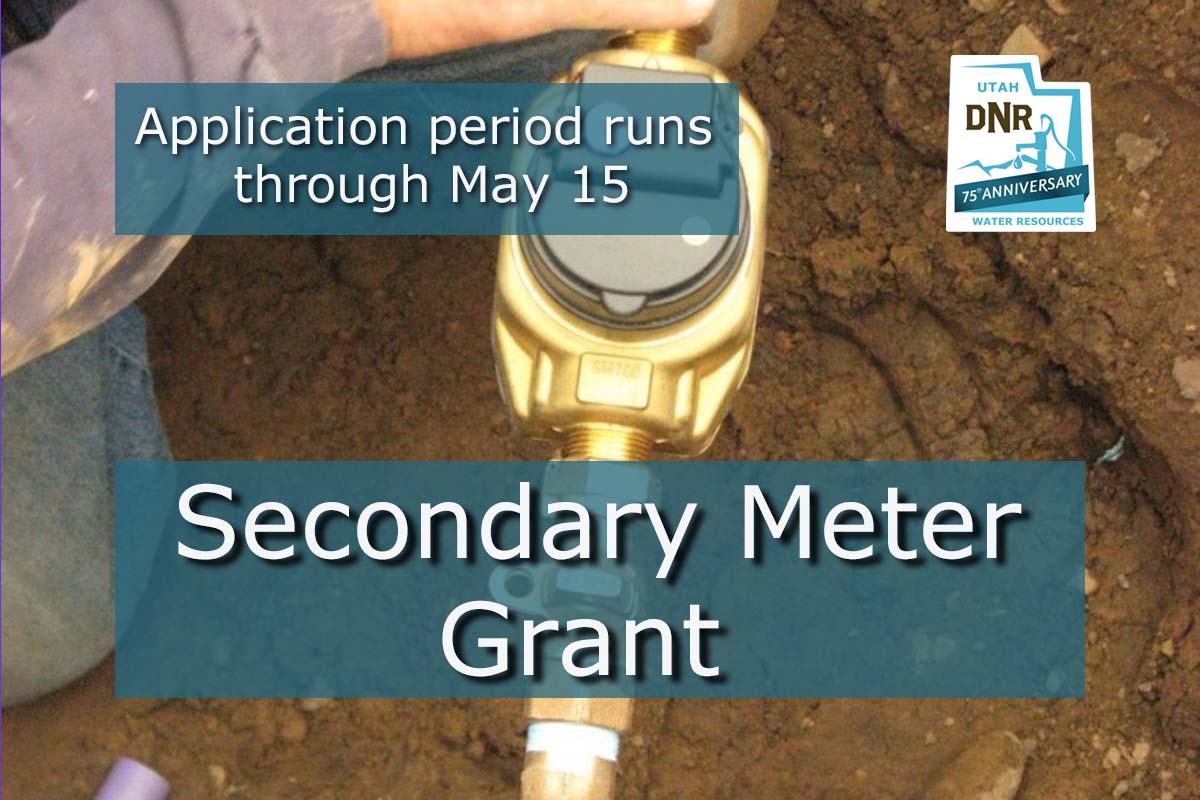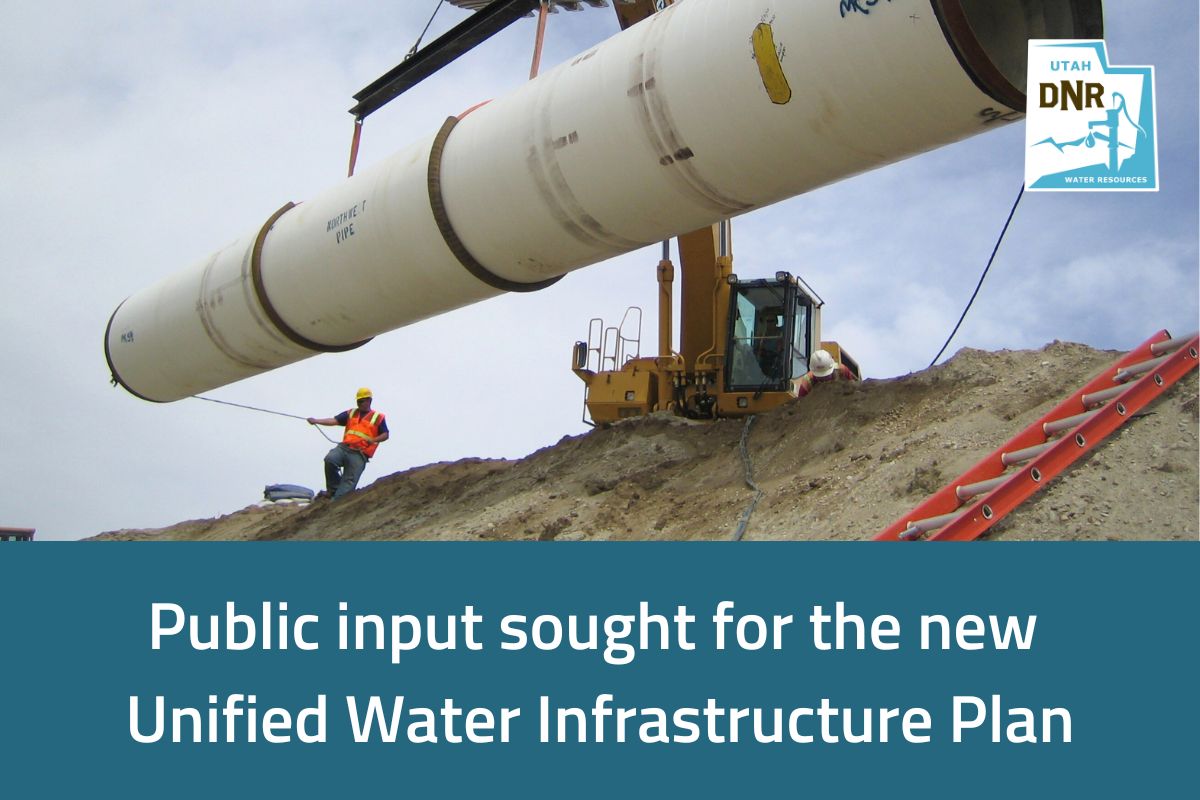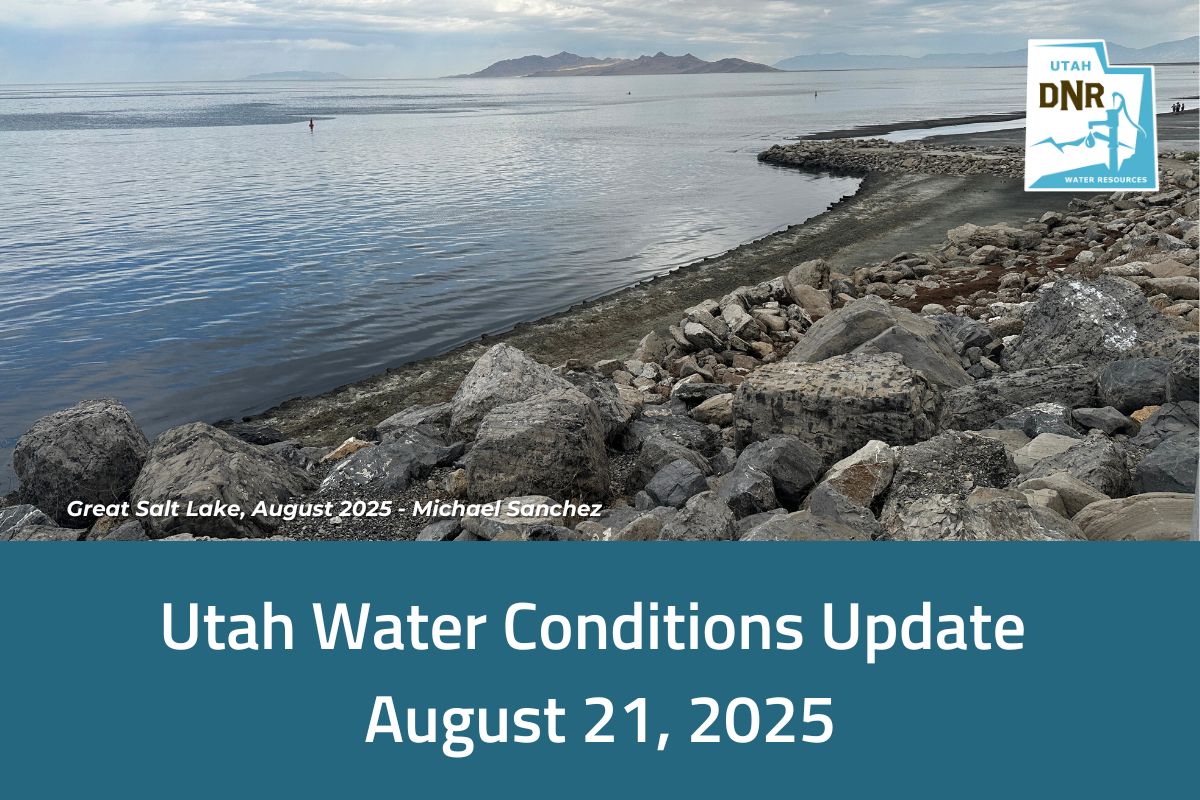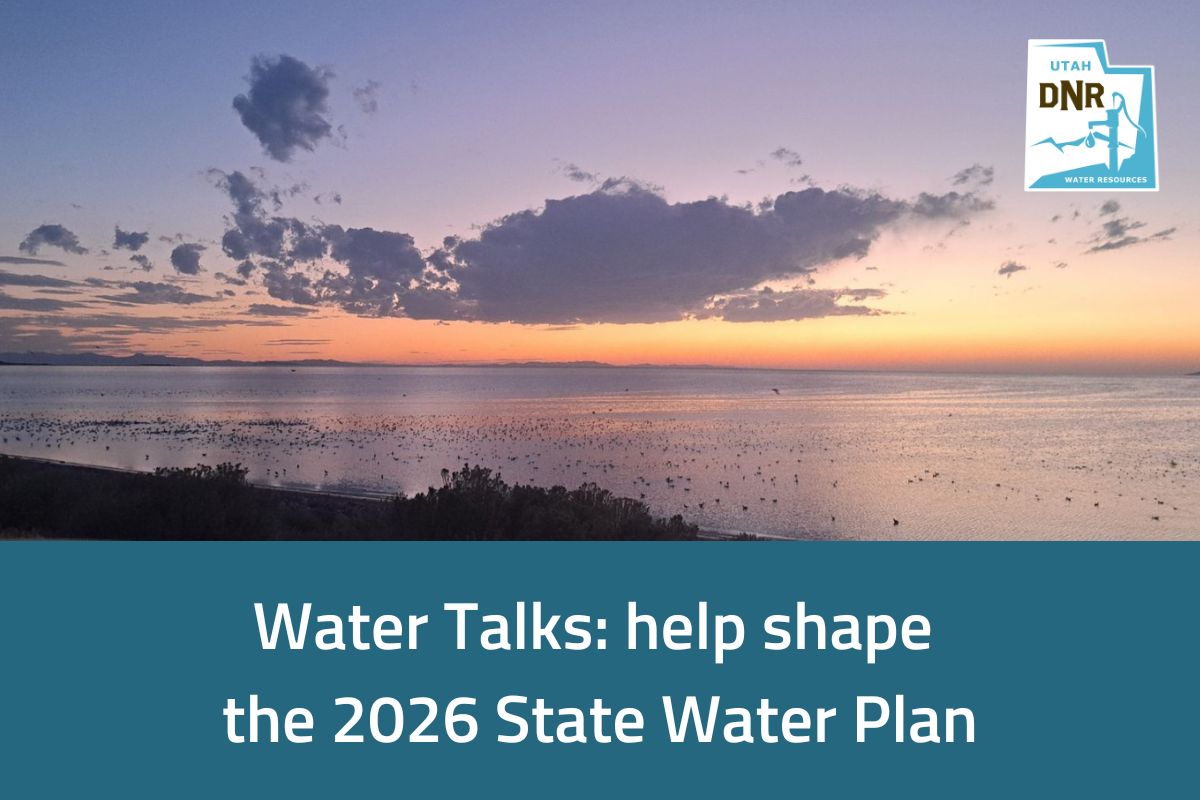Application period runs April 1-May 15 for secondary water providers
SALT LAKE CITY (April 5, 2022) – Grant funds allocated during the past legislative session for metering secondary water (untreated water for irrigation) are now available. HB242 allocated $250 million to help secondary water providers accelerate meter installation. Areas that have installed secondary meters have seen a reduction in water use by about 20-30%. The Division of Water Resources will administer the program, with the initial application period running April 1-May 15.
“Installing secondary meters yields the biggest bang for the buck when you look at the amount of water saved compared to the cost of the meters,” said Brian Steed, executive director of the Department of Natural Resources. “This commitment from the legislature will fast-track Utah’s water conservation efforts and sends a strong signal that using this precious resource wisely is critical.”
There are approximately 260,000 secondary water connections in the state with only 15% of the connections metered
“We can’t expect people to conserve if they don’t know how much they’re using,” said Candice Hasenyager, director of the Utah Division of Water Resources. “Installation of secondary meters can provide both the water provider and the water user with accurate water information so they can make informed waterwise decisions.”
The current cost to install a retrofitted secondary meter is approximately $2,000. Costs are more if the meter needs to be installed in the backyard. The cost range to install meters statewide is approximately $450 million to $675 million.
What is secondary water?
- Secondary water is untreated water that does not meet EPA Safe Drinking Water requirements.
- Generally, cities, water districts and irrigation companies deliver secondary water through separate (from drinking water) pressurized pipelines or open ditch systems for irrigation of lawns, gardens, landscapes, parks, cemeteries, golf courses and other open areas.
- These systems provide an alternative to using high-quality drinking water for irrigation.
Why install secondary meters?
- Secondary meters have shown great potential to reduce waste and increase irrigation efficiency.
- Provides accurate use numbers so the water user and secondary water providers can better track water-use trends and plan accordingly.
- Unmetered secondary irrigation connections use about 50% more water than metered connections (estimated in 2018).
Who are these grants for and how to apply
- Applications are available to all secondary water providers.
- Up to 70% of the project cost is available in grants.
- Low-interest loan funds available to help with the local cost-share.
- Secondary water providers can apply at water.utah.gov/secondarymetergrants
View the one-page summary or HB242 (Rep. Val Peterson). For more information, contact Michael Sanchez, public information officer, at 385-226-8967 or email msanchez@utah.gov.
###
The Utah Division of Water Resources is one of eight divisions housed within the Department of Natural Resources. Tasked with planning, conserving, developing and protecting Utah’s water resources, the division serves as Utah’s water steward.




